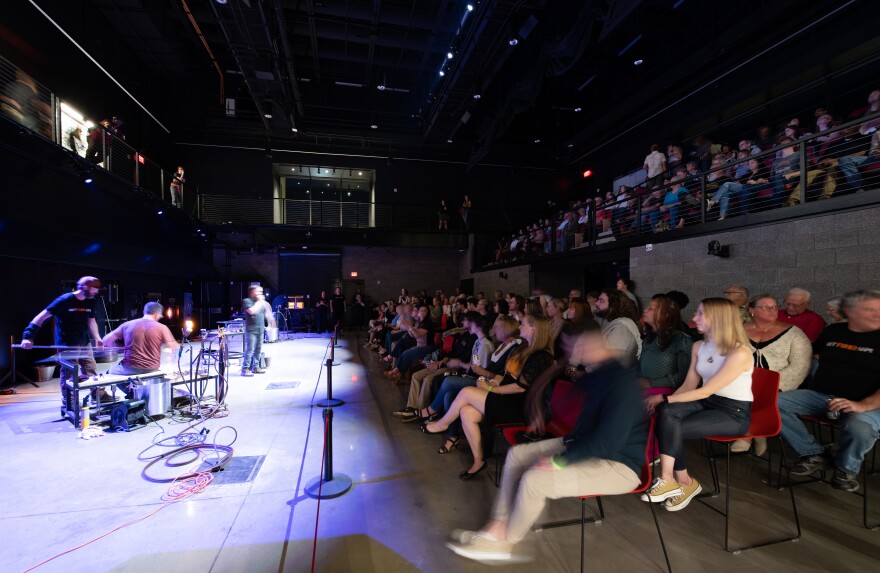The Chrysler Museum of Art in Norfolk is perfectly positioned to flood.
The Hague, a part of the Elizabeth River, often sends water within steps of the building, even on sunny days. The museum’s also at the bottom of the Smith Creek watershed.
“So not only are they getting the tidal (flooding), but they’re also getting all of the water that’s draining off of several square miles of area uphill,” said Robert Crawshaw with Work Program Architects in Norfolk.
Aware of the growing threat, the Chrysler has been slowly working through a list of long-term projects meant to safeguard its future, like potentially raising roads around the museum.
The museum’s $30 million new Perry Glass Studio is the biggest investment yet. It’s designed to better withstand floodwaters in the years to come.

Crawshaw was the project architect.
“In our area in Norfolk, where many of our projects are, we have to deal with the environment first because of flooding,” he said.
To start, Crawshaw’s crew elevated the 21,000-square-foot new building above the floodplain – four feet higher than the existing glass studio next door, which will remain as an educational space.
The project also created a new sloped parking lot to direct water into a large new rain garden, designed by Stromberg Garrigan & Associates.
The garden operates almost like a green-infrastructure moat, surrounding much of the new building to catch water from the parking lot, roof and rainfall.
Crawshaw said the goal is when there is heavy rain, all that water is retained on site instead of overwhelming the city’s stormwater system.
The rain garden includes native species that can survive both wet and dry periods – and can tolerate saltwater creeping in from tidal waters.
The soil acts like a sponge filtering water into an underground aquifer, Crawshaw said.

The building’s power transformer is elevated to ensure its generator and furnaces that keep glass molten stay on during a power outage.
All of these efforts are to protect the space’s indoor elements: “The critical part is really what’s inside,” Crawshaw said.
That includes glass-making studios; a theater that seats 200 people; event and retail spaces; classrooms; a gallery and a roof terrace.



